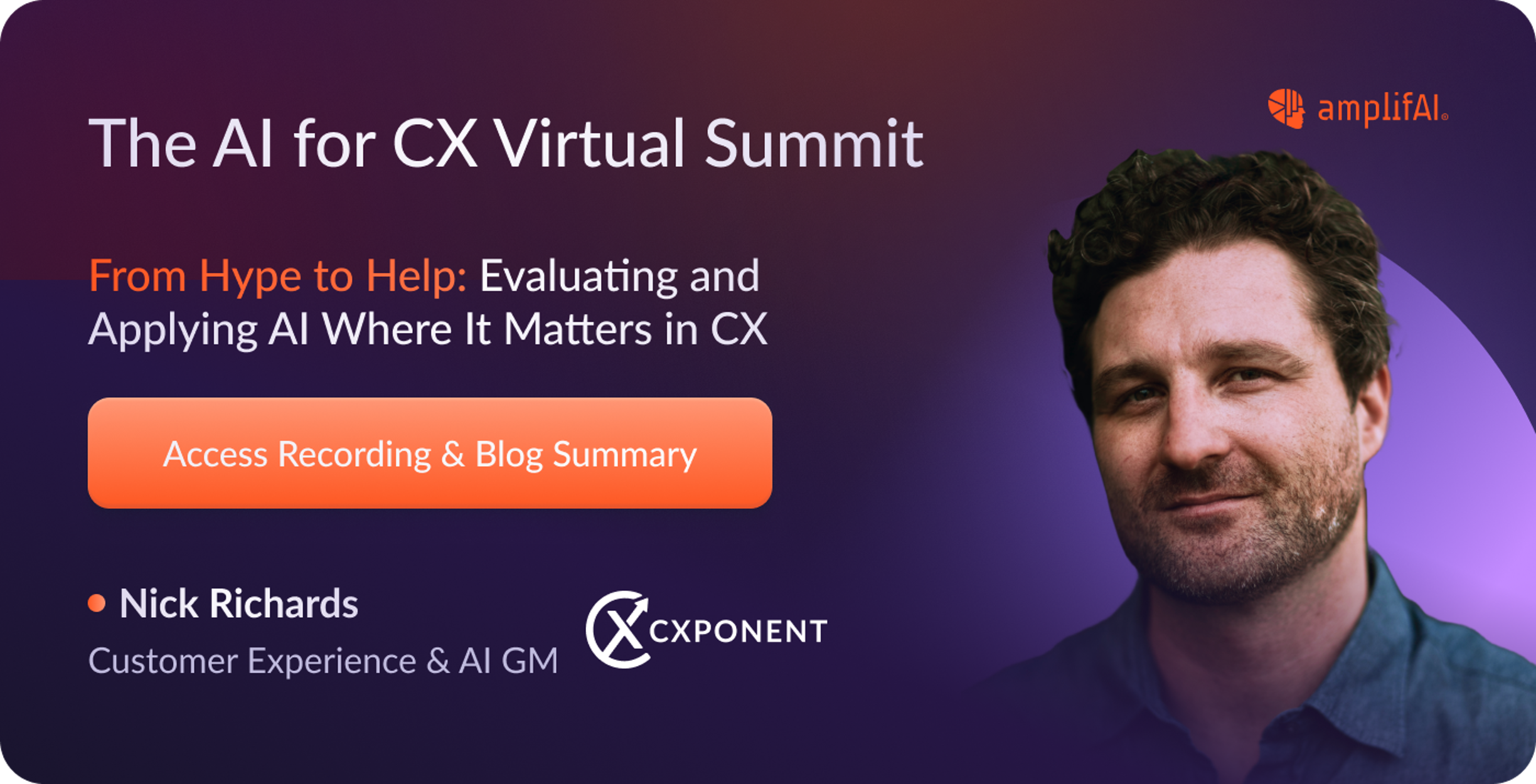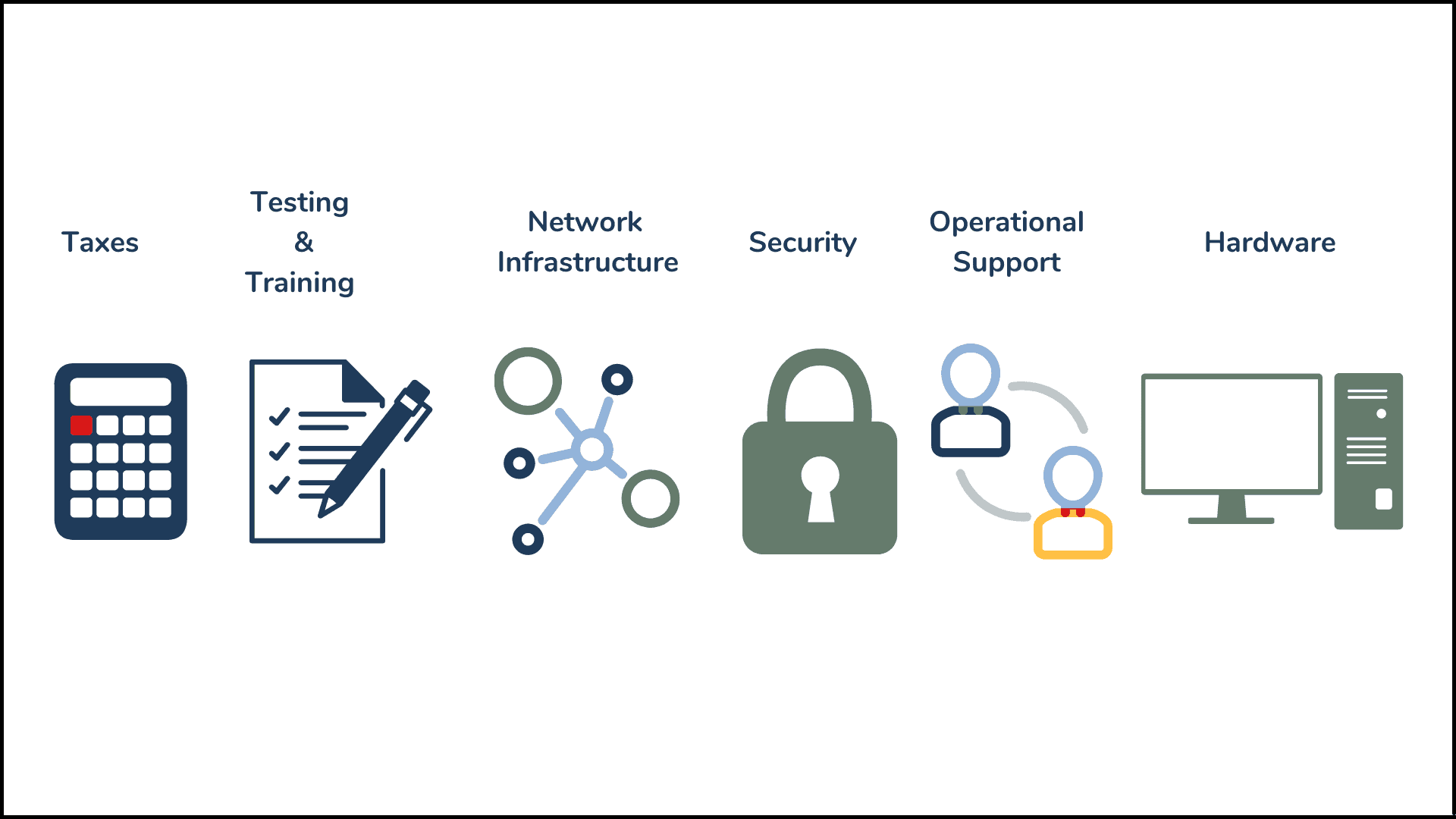Taylor is a wizard of contact center technology because he has been on both sides of the contact center. First as an Agent on the end user’s side, where terrible digital employee experience led him to want to learn more about the technical side of things, and now leading a team of technical resources on the vendor’s side. His previous roles, even those before getting into tech, give him a unique perspective on what works and doesn’t work in contact centers.
We had Taylor on our Catalyst Club Podcast where he listed a step-by-step how companies can build and optimize the communication layer of the tech stack.
With such a hot topic, we had follow-up questions for him to further discuss a couple of the points he brought up in the original interview.
1. You talked a lot about how data should drive smart decision-making. What are some of the best methods to get reliable data about your contact center?
A couple of things I would point out. Have a singular system that routes ALL of your interaction types and has data available via API. This simplifies, significantly, the process of accessing data whether for reporting purposes or for WFM. If this is not possible, then ensure that the data is accessible via API and you’re leveraging similar metrics. The important part of the metrics is understanding the algorithms utilized. With different systems, there could be different algorithms used – and this could impact your data. Therefore, ensure you can access a stream or download the data via API to a data warehouse for one place of storage and then, utilize a third-party tool like PowerBI or Tableau (which most customers do) to build out custom reports aggregating data across, not only CX tools but multiple third-party systems. Be consistent – don’t let multiple departments internally define metrics and KPIs in different capacities. Simplify the steps, and ensure that things are efficient. These steps make your data better. Consistency is key.
2. If someone can’t fully migrate to the cloud right now, what are some good “baby steps” they can take to start their CCaaS journey?
First, understand what the reasoning is for “why” they cannot migrate. Sometimes, it’s a cost issue, other times, it’s security and compliance. However, in most circumstances (from my experience), we can work around those issues with cloud-based solutions. A good example of this is enterprise or commercial-sized organizations that have thousands of employees (who are UC users) and only hundreds of contact center agents. They need to continue depreciating the cost of a legacy (often, on-premises) PBX such as Avaya or Cisco but need to enhance their contact center solution. In these situations, organizations can invest in a cloud-based solution for the contact center to enhance their agent and customer experience, while integrating and maintaining the on-premises PBX to continue depreciating costs. This is just one example (and a reason why an API-based platform is so critical).
Some good baby steps are:
- Documenting the limitations, scalability, issues, and problems that arise and continuously providing a dollar value to this. Eventually, this will add up and help in the conversation.
- If you’re not ready to go completely cloud, then look at possibly leveraging a digital-only CX solution, especially if you’re voice-only or pay for add-on licenses with your premise software today. This provides organizations the ability to enhance, at least, a portion of their CX.
- Further, there are now digital-only contact center offerings that can start as digital-only, but eventually be upgraded to a full omnichannel offering.
3. A quality team is key to managing ANY solution. What are some ways an IT leader can ensure their team stays knowledgeable on market trends and new solutions?
Sign up for updates with industry leaders on LinkedIn, blogs, or via independent providers such as Gartner or G2. I was at a QBR once where the top AE performer was asked what he/she does differently — the response (not exact): “I spend an hour a day reading articles on CX. I go on google and search for what our competitors are doing, what industry experts are saying, what customers bring up in meetings or trending on social media. This allows me to consistently stay in touch with my customers and their trends and be ahead on all of my next steps.”
While this was a response from an AE, it’s relevant within the industry as well. And yes, it seems simple, but continuous education through reading/listening, attending tradeshows, regularly monitoring agents and/or asking for feedback from agents on a recurring basis, and meeting with other leaders in the CX space to understand what they’re doing (positive and negative). From what I’ve seen, if you prioritize this type of education, learning and mentorship, you’re able to successfully not just understand the technology trends, but be on the upwards curve of them.
4. What’s a new CCaaS tool or technology that you’re excited about?
I would say automation tools on the backend, such as CLI or terraform. While they’re not necessarily new to contact centers completely, the exciting part is that organizations can utilize these types of tools to automate processes and deployments that would’ve taken extensive time down to a much smaller time frame, allowing for quicker overall impact. While these are great, CX platforms also still offer significantly more intuitive UIs to allow for management on the backend for non-technical people as well
If I had to choose a specific tool, I would probably say a journey analytics tool, such as Pointillist. A journey analytics tool allows organizations to gather data from a multitude of sources (think website, CRM, CX solution, ticketing system, database, etc.) and tie it into profiles and customer journeys. This allows teams to visually understand what happens when a customer completes actions, like making a payment. However, it’s not just the contact center interaction, but instead, the journey that led up to that action, the build-up, how many other customers followed a similar path — and then, the aftermath that happens as well. Customer journey analytics are allowing organizations to transform the customer experience for the actual entire journey in an easier capacity than before.
For specific tools – I would say AI in WEM (WFM/QM). Continuous scheduling, gamification, and automated evaluations – are all tools that are becoming more-and-more commonplace in the marketplace and are allowing admins and contact center agents to perform at significantly higher rates.


.png)



